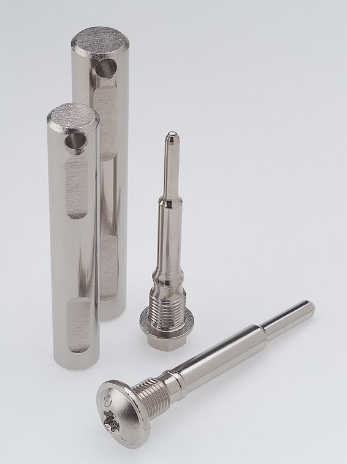In the relentless battle against corrosion, the technologies of plating and coating have emerged as a critical defence mechanism. These processes not only extend the lifespan of objects by shielding them from harsh environmental conditions but also enhance their performance in diverse applications.
Whether it’s protecting against the erosive forces of nature or ensuring durability in chemically aggressive environments, understanding the difference between plating and coating is fundamental for engineers and manufacturers alike.
Understanding Plating
Plating enhances surfaces by electro-deposition, bonding a metal layer for corrosion resistance and aesthetic improvement. Electroless nickel coating is notable for uniform coverage and durability, suitable for demanding environments.
For detailed insights on this process, visiting a specialist such as www.poeton.co.uk/standard-treatments/electroless-nickel-plating/ will give extensive information on its advantages and uses.
Exploring Coating
Coating differs from plating by applying a non-metallic barrier against corrosion and damage. Methods like dipping or spraying use materials from zinc flakes to polymers for flexible protection. The Engineer has a guide on the importance of corrosion protection for electrical systems.
Unlike the molecular bond of electroless nickel coating in plating, coatings are ideal when a thicker, more adaptable protection is required, showcasing the versatility of surface treatments in protecting objects.
Plating vs. Coating: Making the Right, Informed Choice
The choice between plating and coating hinges on the application’s demands. Plating, particularly electroless nickel coating, offers a uniform, corrosion-resistant finish ideal for precise applications.
Coating provides a thicker barrier suitable for extreme conditions. Deciding factors include corrosion resistance needs and environmental conditions.
Plating and coating each offer unique benefits against corrosion. Electroless nickel coating stands out in plating for its durability and resistance. The decision between plating and coating should be based on specific application requirements, ensuring optimal protection and longevity.





Leave a Reply